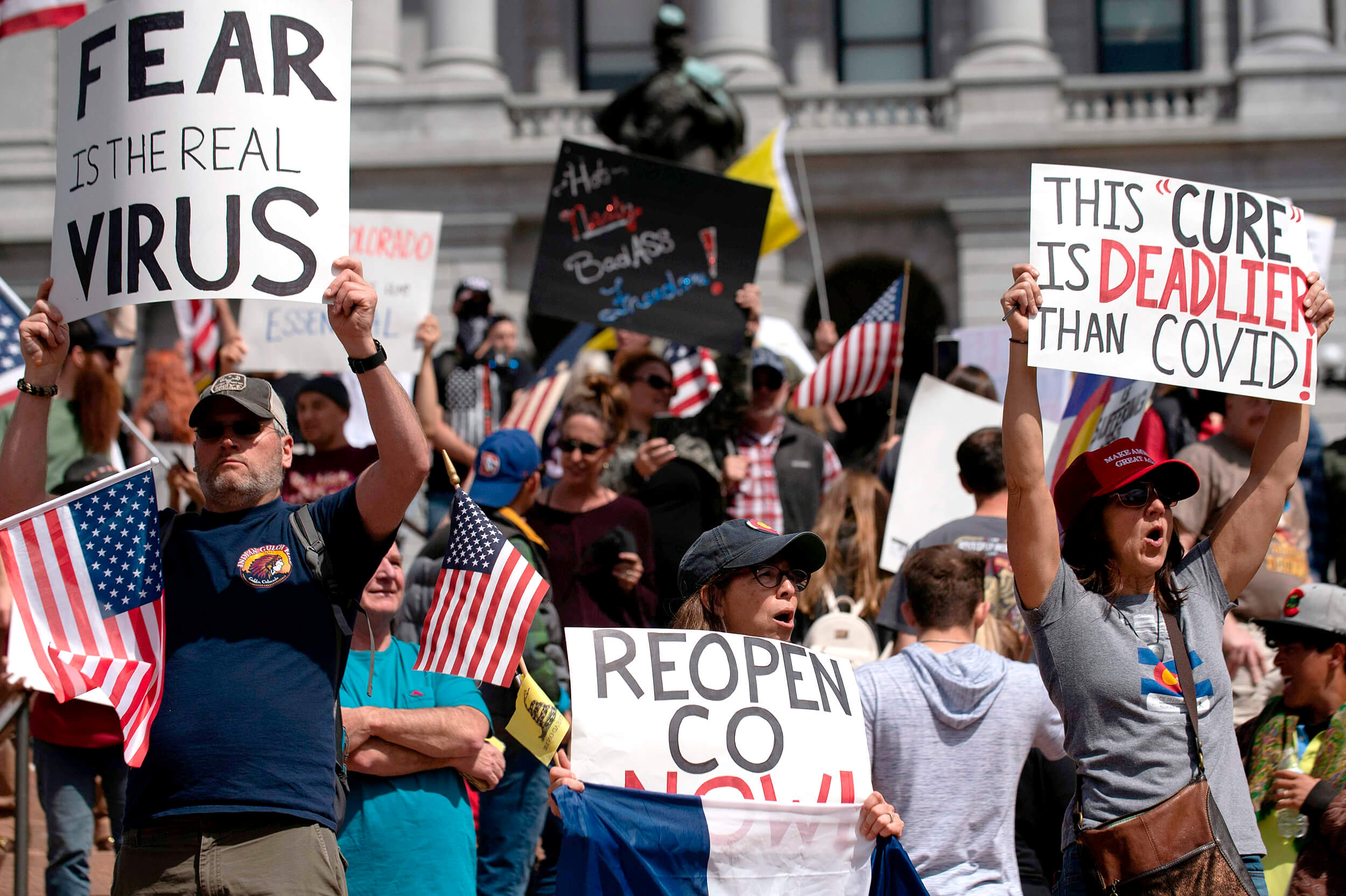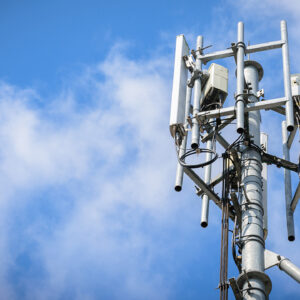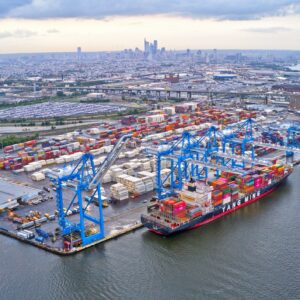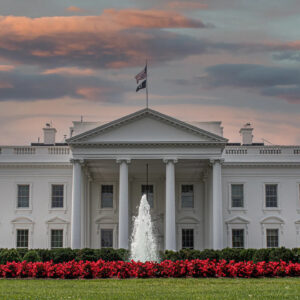COVID-19 Exposed Another Ugly Truth In America
3 min read
Credit:AFP - Getty Images
As we rapidly approach spring, the United States and much of the world is still battling a pandemic of massive proportions. The Coronavirus or COVID-19 has been ravaging cities and countries alike, leaving a wake of death and economic destruction in its path. Businesses are struggling with potentially having to close their doors for good. Meanwhile, for black and low-income citizens, COVID-19 has exposed another ugly truth in America.
Many citizens are now faced with the harsh reality that within their community, they may be more susceptible to catching COVID. This is happening for quite a few reasons. First, there is a direct correlation between income and quality of health in America. The unfortunate truth with viruses like COVID-19 is that people who have underlying conditions are more at risk than the average person would be. Things like high blood pressure, diabetes, heart disease, and asthma are all conditions that could make a person more vulnerable to catching or dying from Coronavirus.
Health isn’t the only key player in this equation either. Most people who live in low-income areas are also lacking access to medical facilities with equipment like ventilators to save their lives should they contract Coronavirus. These are also areas that would be the first places hit hardest by job cuts and businesses closing down. In short, COVID-19 is designed to destroy poor people.
Additionally, there is a tremendous disparity in earnings between races in America. According to a 2018 Census Bureau report, the median income for Black and Hispanic families was between $41,000 and $51,000, while White and Asian families earned between $70,000 and $87,000. Meanwhile, poverty rates also remained high amongst you guessed it, Black and Hispanic people. This is important because the communities that are being hardest hit by COVID are the Black and Hispanic communities.
So what do health and wealth have to do with whether or not you’ll catch the Coronavirus? It’s actually quite simple. People that live in low-income areas are also more likely to work in jobs that leave them at a higher risk of contracting COVID. Jobs like public transportation, or grocery stores where they also have less access to healthcare and paid sick leave. It’s no wonder COVID-19 is more prevalent in these communities.
The question now becomes how do we fix it? For starters, there should be some trace of a better, low-cost healthcare option for those in need of healthcare. Vermont Senator Bernie Sanders was one of the loudest voices for the implementation of a universal “healthcare for all” system, and the United States should begin exploring that option right now. That system should also include funding to upgrade medical facilities in low-income areas to include hospitals with intensive care units.
Schools should have a staffed nutritionist who oversees the school lunch program and more specifically, curates a healthier menu for the students.
The emergence of COVID-19 has highlighted how ill-equipped we are in this country to deal with a devastating pandemic. More importantly, COVID-19 is also forcing us to once again look at systemic racism in the US and ask ourselves, “Do all lives really matter?”







